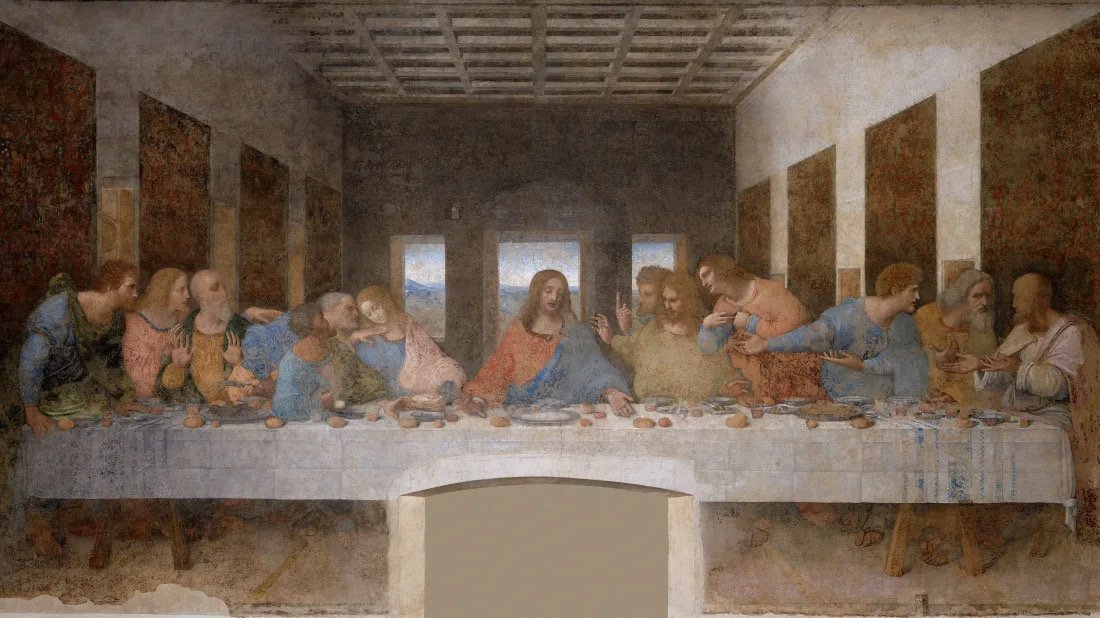Drawings for Paintings
A look at artist sketchbook studies for the paintings we know and love
1. Leonardo da Vinci’s Mona Lisa (1503-1505) The Last Supper (1495-1496)– Leonardo da Vinci famously used his sketchbooks to study and plan out his compositions for paintings. He would study the human body and facial expressions, as well as the landscape and architecture in his sketches.
2. Michelangelo’s The Creation of Adam (1511) – Michelangelo studied religious themes and figures in his sketchbooks, as well as notes on his artistic ideas and plans for his paintings. His sketches for the Sistine Chapel ceiling are some of the most famous in the world.
3. Rembrandt’s The Night Watch (1642) – Rembrandt used his sketchbooks to study and plan out the composition of this large group portrait. He also created detailed studies of figures, hands and drapery in his sketchbooks.
4. Johannes Vermeer’s Girl with a Pearl Earring (1665) – Vermeer used his sketchbooks to study facial expressions and poses of his subjects. He also used them to plan out his compositions and the placement of the figures and objects in his paintings.
5. Paul Cézanne’s The Bathers (1894-1905) – Cézanne used his sketchbooks to study the landscape and objects, as well as the human figures and composition. He also used them to experiment with different colour palettes and techniques.
















